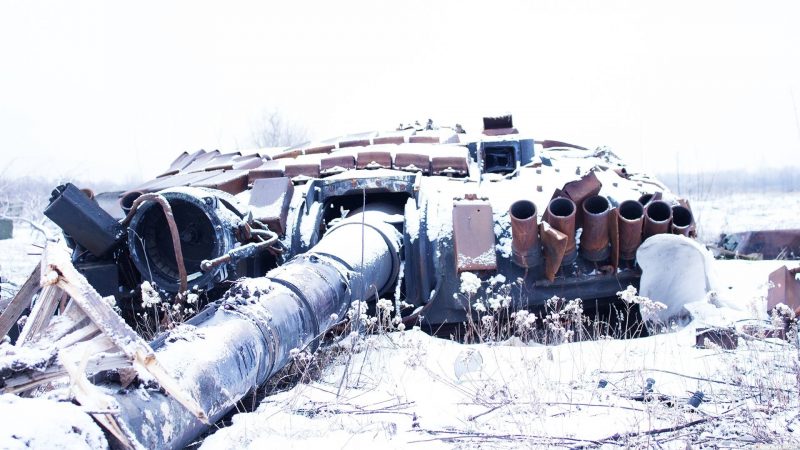Ukrainian tanks, which in six months have become part of the landscape, are now powdered with snow
Winter came to Lisichansk. In early February, thin snow covered everything. The scorched earth appears before our eyes. The dried grass, the remnants of summer, can be seen.
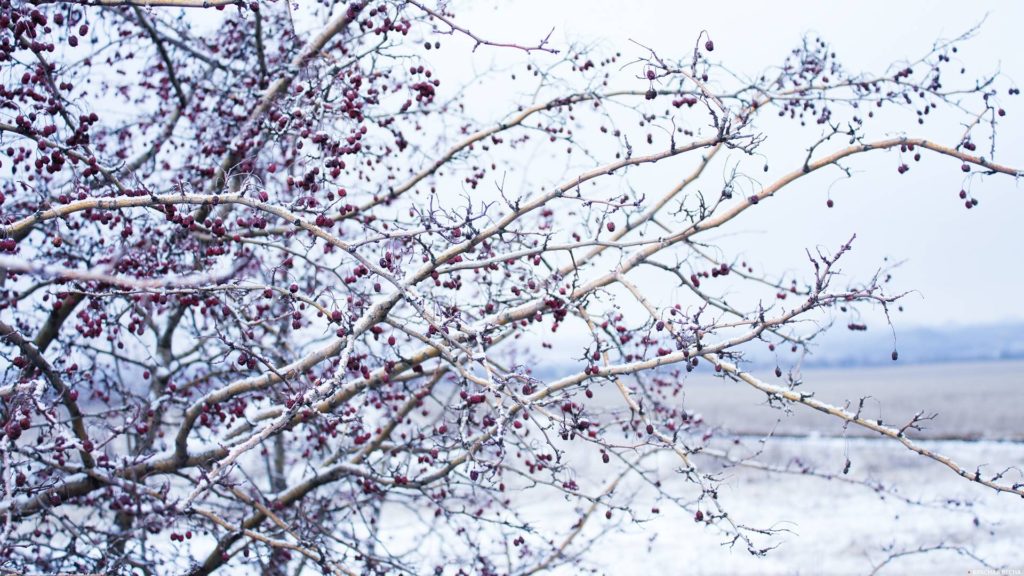
Vyacheslav Yakovenko © Rossa Primavera News Agency
But summer left behind not only greenery that had become rare in winter.
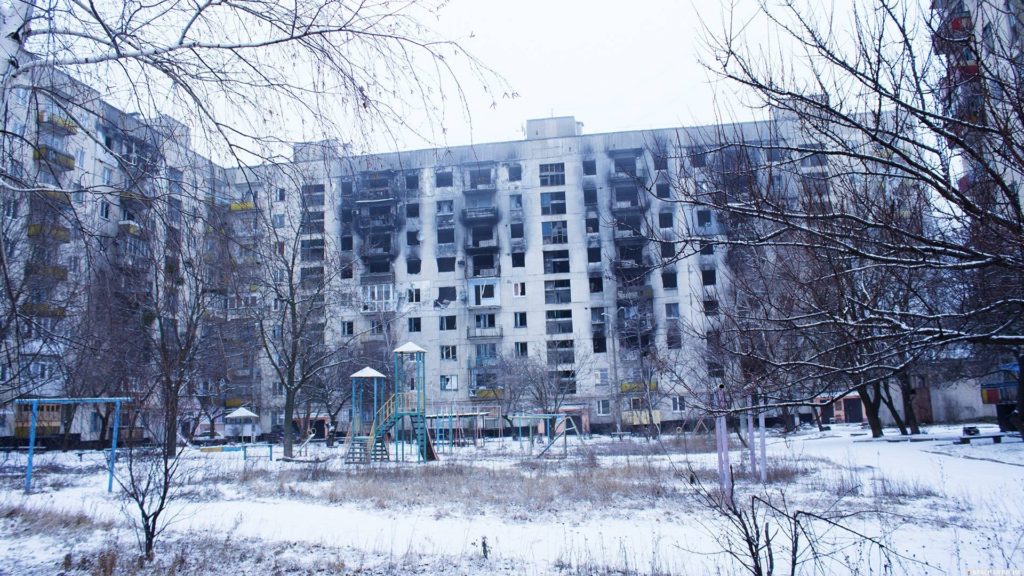
Vyacheslav Yakovenko © Rossa Primavera News Agency
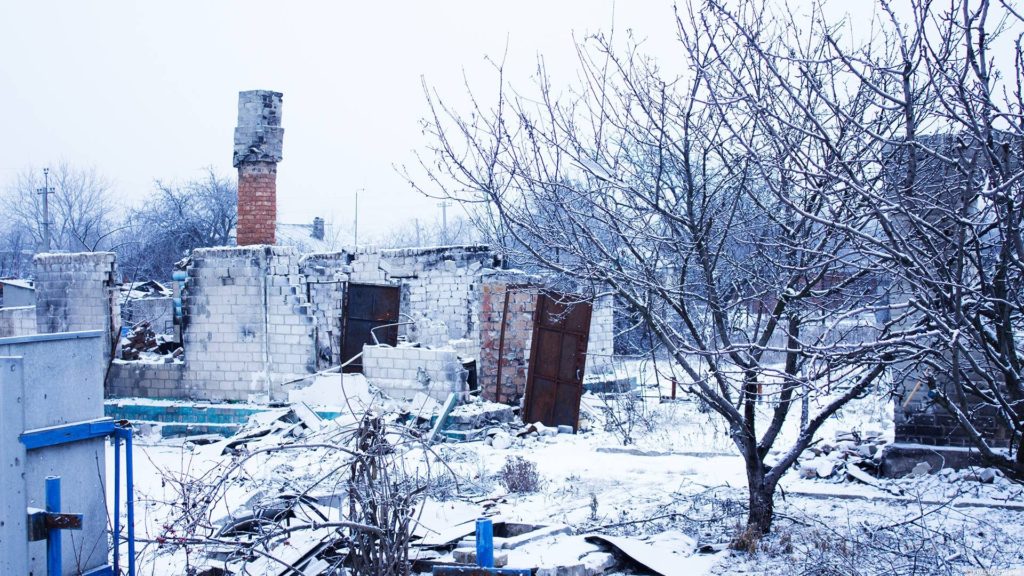
Vyacheslav Yakovenko © Rossa Primavera News Agency
In the summer there was fighting for Lisichansk. After that, the city was liberated from Ukrainian nationalist units. It had been occupied by Kiev regime since 2014.

Vyacheslav Yakovenko © Rossa Primavera News Agency
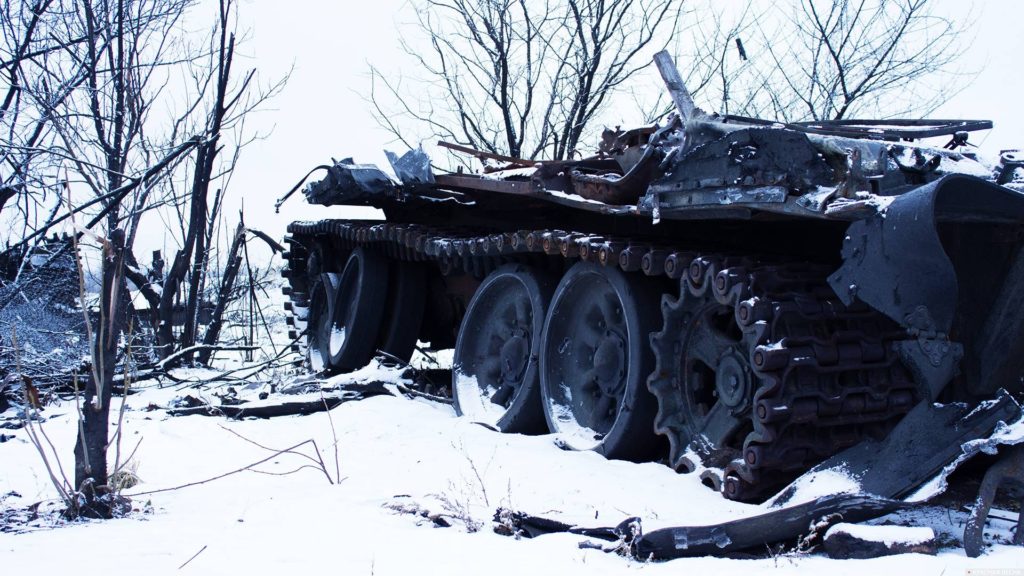
Vyacheslav Yakovenko © Rossa Primavera News Agency
Donbass did not accept the Euromaidan and the folowing 2014 coup d’état. Its residents actively opposed it. In the end, this led to an attempt to actively suppress the will of the Donbass by the Banderites that came to power.
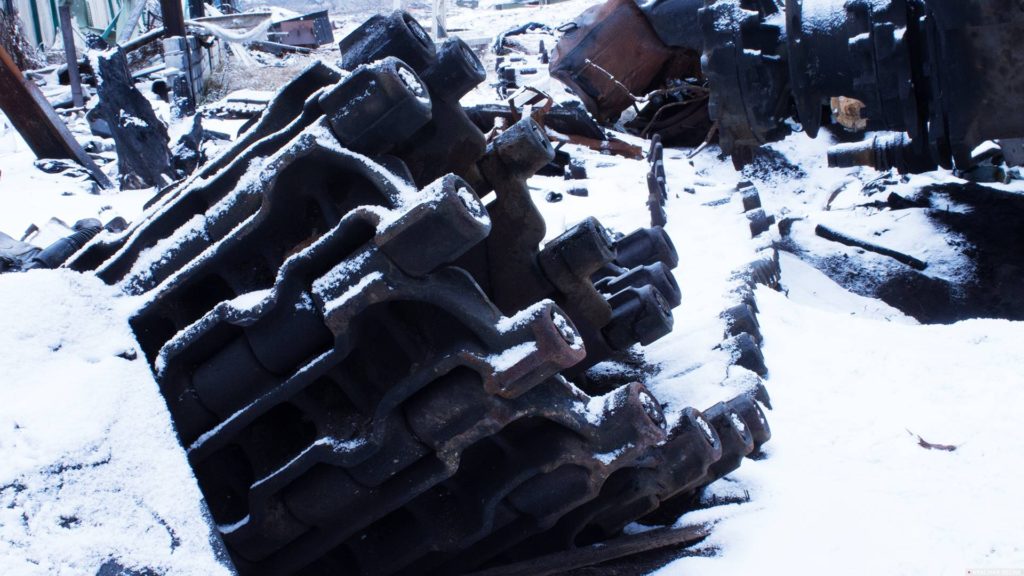
Vyacheslav Yakovenko © Rossa Primavera News Agency
The fighting began. Residents of Lisichansk were among the first to oppose the coup in Kiev.
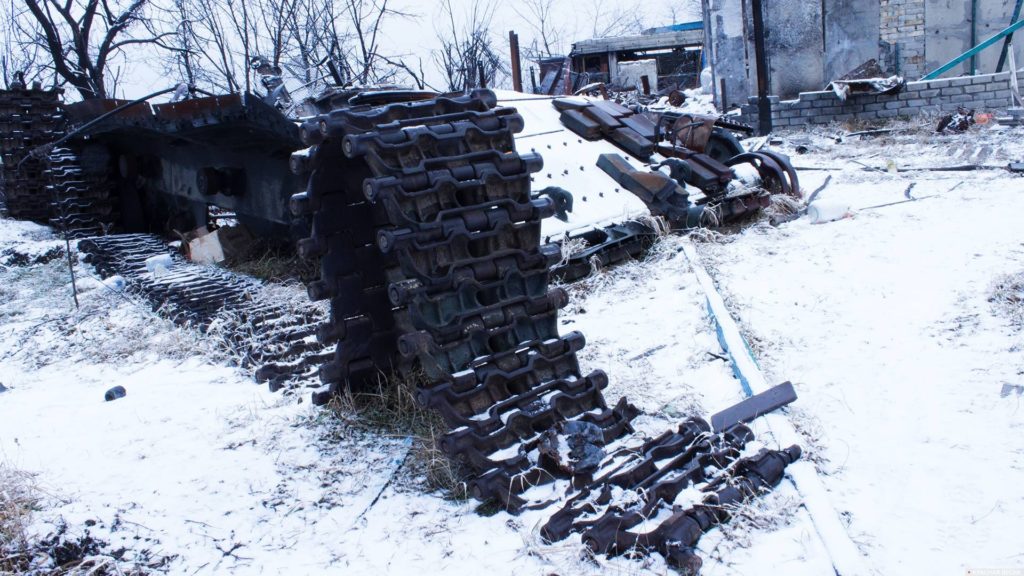
Vyacheslav Yakovenko © Rossa Primavera News Agency
Events developed rapidly. Lisichansk residents actively participated in a referendum in which they voted to establish the Lugansk People’s Republic. In the summer of 2014, the city opposed the Ukrainian armed units.

Vyacheslav Yakovenko © Rossa Primavera News Agency

Vyacheslav Yakovenko © Rossa Primavera News Agency
For three days the militiamen had been fighting in the city almost completely surrounded. Having exhausted their resources, the units withdrew from their hometown. The city was under occupation by the Kiev authorities from 2014 to 2022.
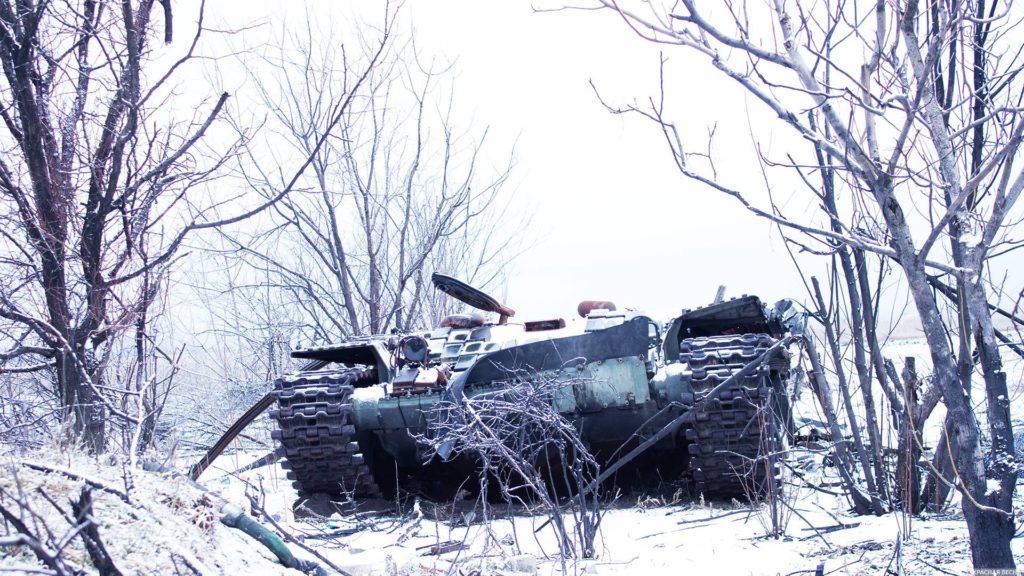
Vyacheslav Yakovenko © Rossa Primavera News Agency

Vyacheslav Yakovenko © Rossa Primavera News Agency
After the start of Russia’s special military operation in Ukraine, Donbass units, with the help of Russian troops, began to liberate their native land from the Banderites. Piece by piece.
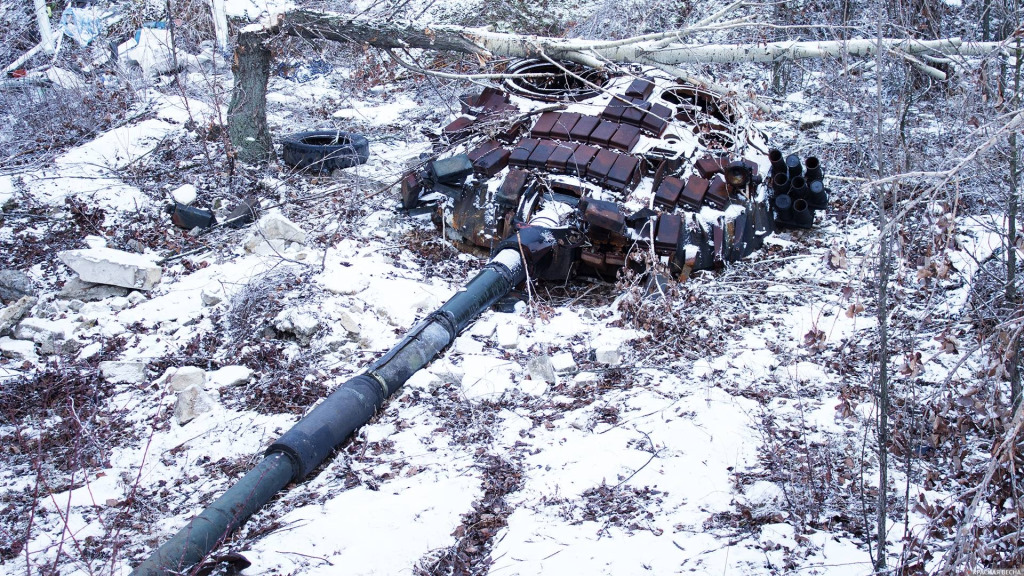
Vyacheslav Yakovenko © Rossa Primavera News Agency
Lisichansk had also to be liberated. After hard battles in the triangle of Rubezhnoye – Severodonetsk – Lisichansk, all three cities were taken under control.
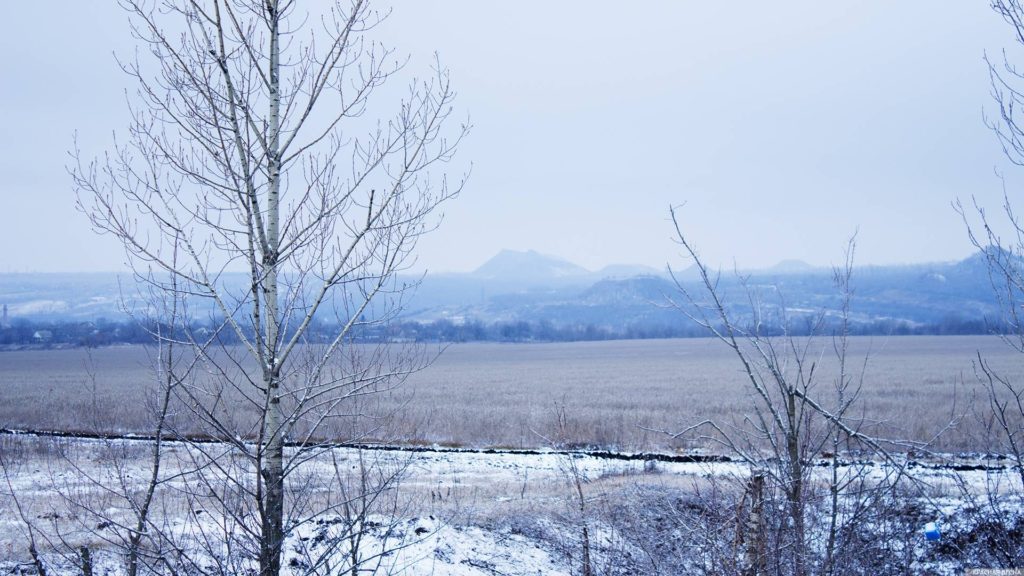
Vyacheslav Yakovenko © Rossa Primavera News Agency
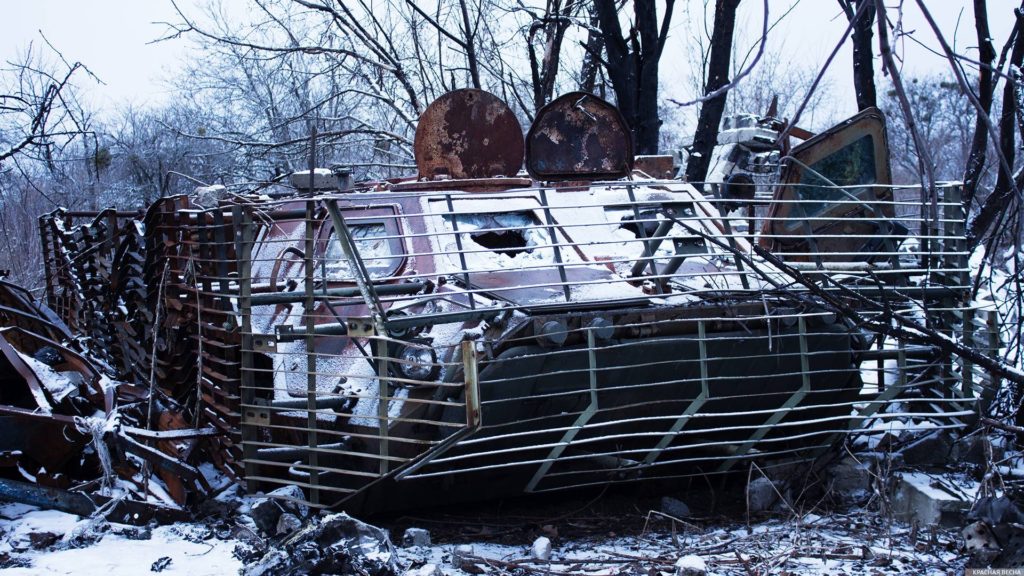
Vyacheslav Yakovenko © Rossa Primavera News Agency
On July 2, 2022, Ukrainian armed units withdrew from Lisichansk under the onslaught of Russian troops.
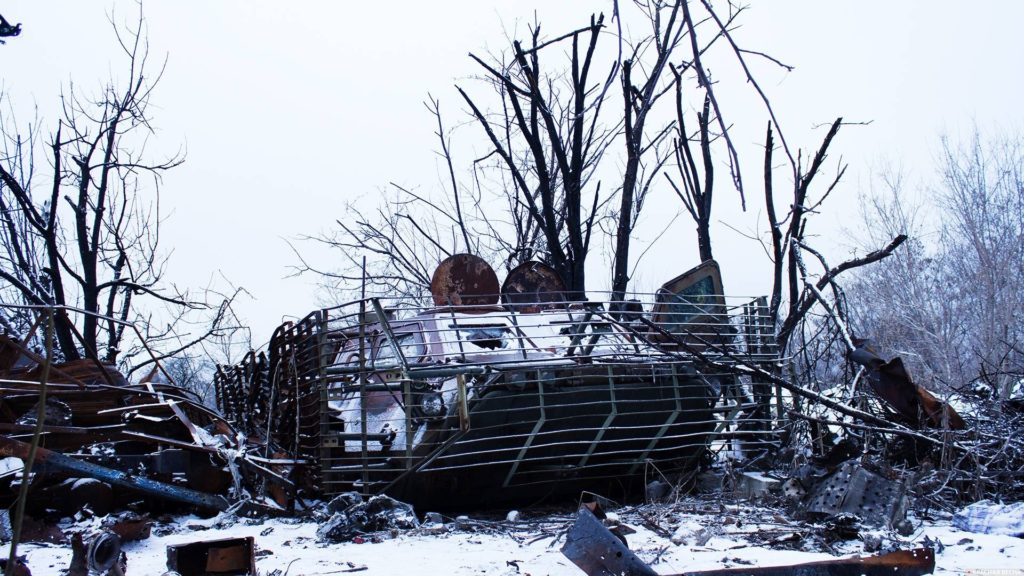
Vyacheslav Yakovenko © Rossa Primavera News Agency
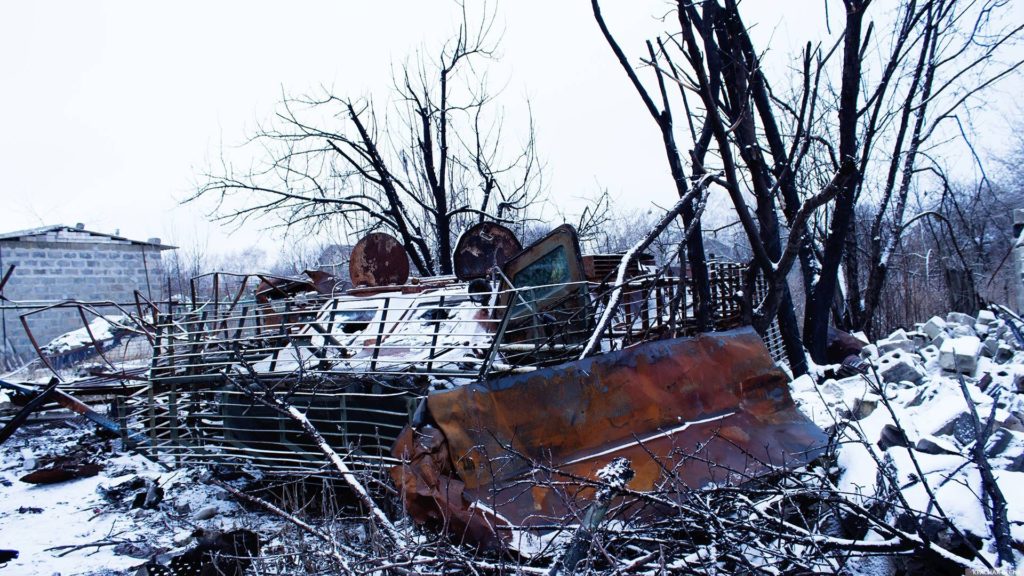
Vyacheslav Yakovenko © Rossa Primavera News Agency
The scars of this confrontation are still visible today. In the form of damaged enemy equipment and destroyed buildings. The snow can only powder these scars – the graveyard of Ukrainian tanks.
Source: Rossa Primavera News Agency

